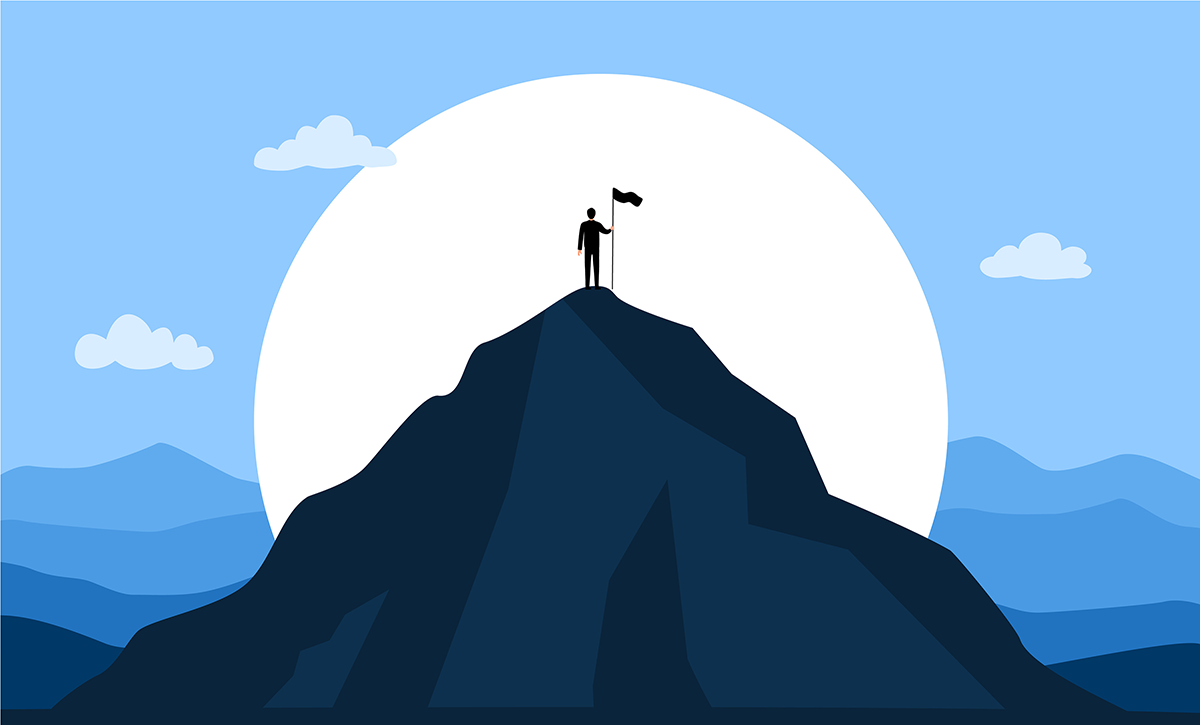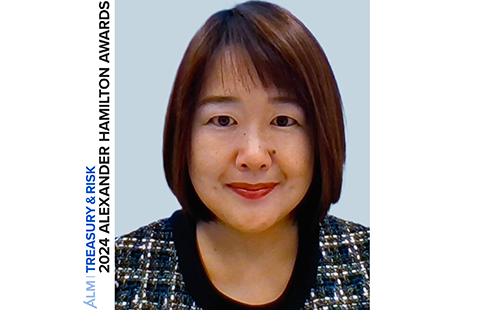
Even a global company that has developed sophisticated processes across most of treasury can have blind spots. A couple of years ago, Mastercard's treasury function used manual and Excel-based workflows to manage corporate debt issues, investment of excess cash, and foreign exchange (FX) hedges' reconciliation and recordkeeping processes.
The company was using spreadsheets to track all aspects of its debt. “As our business grew, we went from having no bonds outstanding to having several issues with different maturities,” says Joshua Krongold, vice president of corporate treasury for Mastercard. “Interest payments were due at different times of the year, and an individual on the team that issued the bond was fully responsible for knowing when to make each payment. We risked making late payments because managing the details of our debt was so cumbersome in Excel.”
At the same time, business units around the world were investing their excess cash locally. Mastercard's treasury activity policy required the treasury function to approve these deposit investments, and this process was also quite cumbersome. “The approval process varied depending on the notional amount of the deposit, but it involved either emails or signatures on paper forms,” explains Frank Falzon, director of corporate treasury. “Approvals were hard to keep track of and could be quite slow, creating risks around both accuracy and the loss of potential interest income. We also were not systematically calculating what our interest should be, before reconciling our accounts to our bank statements.”
For FX, Mastercard treasury was using Excel to manage two separate hedging programs. One is a corporate hedging program that covers approximately $2 billion worth of cash flow and balance sheet exposures in close to 50 currencies. The other is a settlement hedging program that buys and sells 20-plus currencies to protect the Mastercard network from the FX risk inherent in the cross-border transactions that it settles annually. The treasury team was using spreadsheets not only to track FX purchases, but also to perform the mark-to-market calculations.
“We had hundreds of FX contracts, all of which we were valuing in Excel,” Krongold says. “The process was not very stable, nor very controlled.” Eventually, all the FX information flowed into Mastercard's enterprise resource planning (ERP) platform, but the treasury team needed a system that would streamline and button down FX-related processes. “With Excel, there's always uncertainty about whether information is correct and up to date,” Falzon says. “Spreadsheets also have version-control issues; it's hard to know who's doing what and whether they're using the right processes.”
 Treasury wanted to roll out an official system of record for FX, debt, and cash investment transactions. They wanted automated workflows for all the requisite approvals. They wanted software that would generate journal entries and provide straight-through processing into the ERP system. And they wanted to centralize processes as much as possible.
Treasury wanted to roll out an official system of record for FX, debt, and cash investment transactions. They wanted automated workflows for all the requisite approvals. They wanted software that would generate journal entries and provide straight-through processing into the ERP system. And they wanted to centralize processes as much as possible.
The treasury group pulled together necessary expertise from across the company, including corporate accounting, local accounting staff, financial systems teams, and the Sarbanes-Oxley (SOX) controls group. “The goal in getting these teams together was to understand where process changes would be worth the effort,” Falzon says. “Obviously, the more you do, the more time and commitment the project requires from everyone involved.”
He adds that getting executive support early on was crucial: “The different groups involved in the project came from different areas of the business. We needed buy-in from senior management to ensure that each group had the time they needed to really review our plans and make thoughtful recommendations, as well as to carry out the implementation once we got to that point. So, at the start of the project, we laid out our plan for senior management.”
Adds Krongold, “Our corporate treasurer was essentially the sponsor of the project. Having him emphasize its importance to other groups was really important in making sure the project objectives were on people's to-do list and everyone was committed to getting the project done over the long haul.”
Mastercard implemented a treasury management system from Reval. Deployment involved a good deal of customization, tweaking the system's built-in workflows to meet Mastercard's unique needs. The project team also developed a number of custom reports for different stakeholders within Mastercard.
Now, when deposit investments are entered, the treasury management system automatically routes the requests to the appropriate confirmers and approvers. After they have been approved, the system calculates interest based on the terms of the deposit and creates a journal entry in the ERP system via straight-through processing. When the relevant bank statements arrive, accounting can perform a proper reconciliation.
“This is a huge process improvement,” Falzon says. “The interest on our bank statements is usually correct, but we have found instances where it was incorrect—sometimes in our favor, sometimes not. Either way, we feel better knowing that the system is automatically confirming that the amount of interest we receive is what it should be.”
On the debt side, all information about Mastercard's bond issues now resides in the treasury management system. “The system sends out alerts when interest payments need to be made,” Krongold says. “We're no longer reliant on a single individual to remember when it's time for this critical business activity to happen.” And from an accounting point of view, the system is entirely hands-off. “Suppose you issue a bond today that has a 30-year maturity,” Krongold adds. “If you correctly enter it into the treasury management system, you won't have to think about accounting for that bond at all for the next 30 years.”
See also:
- On-demand webcast: Revolutionizing Legacy Treasury Processes
- Big Changes to Capital Structure Drive Corporate Competitiveness
- A Revamped Infrastructure for Intercompany Payments
- Sharpening the Cash Flow Focus Across a Global Enterprise
These improvements are noteworthy, but FX is the area where the initiative has reaped the greatest rewards, according to Krongold. Mastercard connected the treasury management system to its FX trading platform to fully automate reconciliation of all currency trades. “Now our hundreds of FX contracts are in one centralized system,” he says. “We can do a mark-to-market calculation at the touch of a button, rather than someone having to devote a whole day to it.”
In fact, across all the project's process improvements, staff time savings is one of the most important benefits. “It's freed people up to do more value-added work, instead of just repeating a rote process that we needed to get done either to maintain documentation in Excel or to assist our accounting team,” Krongold says.
Now that the project is complete, Krongold says, it has set up treasury for further improvements. “As we look to the future of our treasury department, we're able to consider new capabilities because we've built this foundation,” he says. “For example, we're considering hedge accounting. We really couldn't have considered hedge accounting in our old environment, because it would have been far too time-consuming.
“One of the impediments to embarking on big systems projects like ours is that they often take a long time to complete,” Krongold concludes. “It can be difficult to value this type of project over work that is more pressing or perhaps higher-profile in the short term. The payoff on a project like this may come over a longer period of time than most projects—but for us, the payoff was certainly there.”
© 2025 ALM Global, LLC, All Rights Reserved. Request academic re-use from www.copyright.com. All other uses, submit a request to [email protected]. For more information visit Asset & Logo Licensing.




